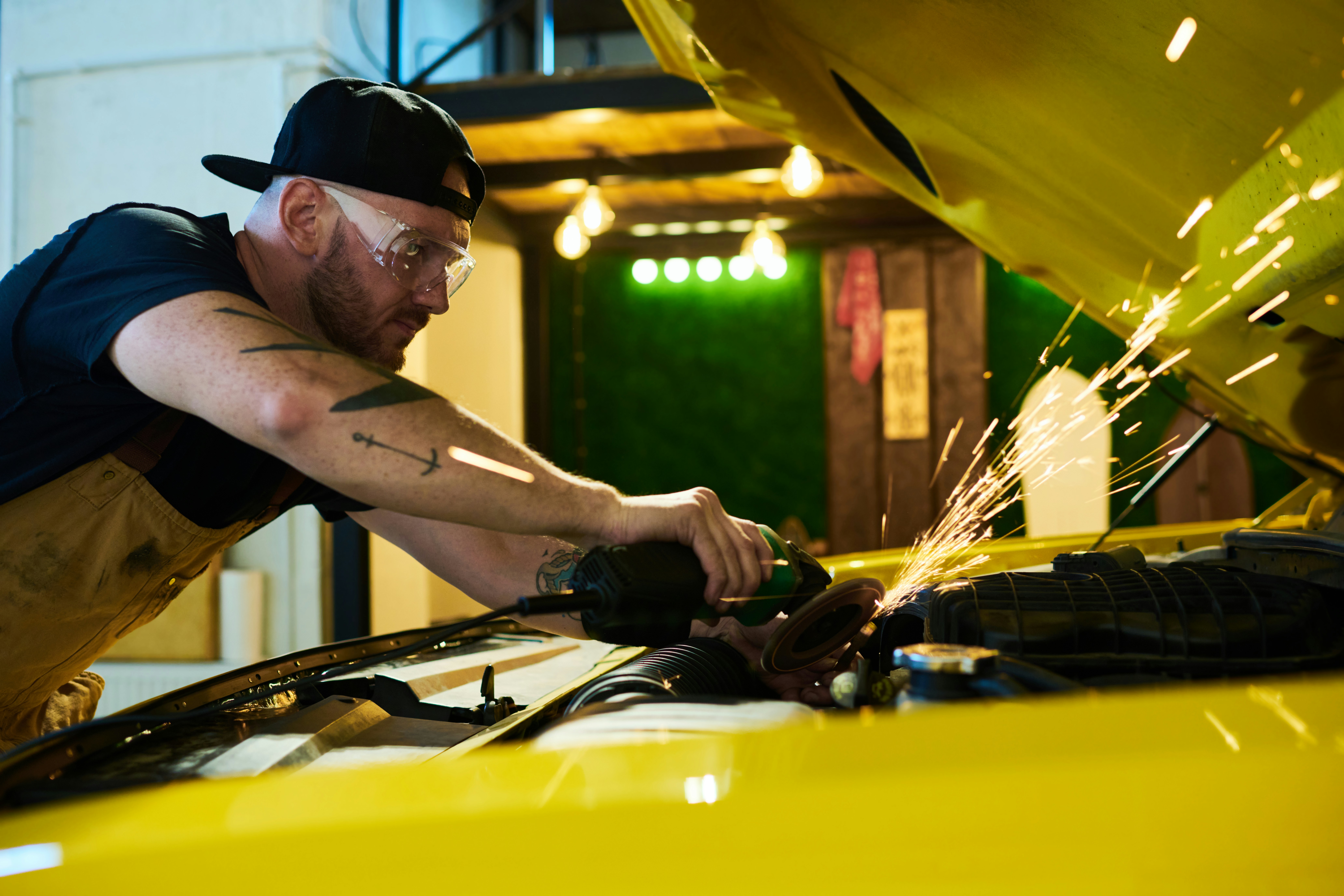
American muscle cars are a symbol of performance, style, and history, with a deep connection to the country’s automotive culture. These high-performance vehicles have evolved over the years, combining power, speed, and iconic designs that continue to inspire enthusiasts. Whether it’s the roar of the engine or the sleek bodywork, muscle cars command attention on the road. In this article, we will explore the power behind these beloved machines and what makes them stand out in the automotive world.
The Birth of American Muscle Cars
The American muscle car made its debut in the 1960s when automakers began experimenting with performance and design. During this period, manufacturers like Ford, Chevrolet, and Dodge pushed the boundaries of what was possible in terms of speed and style. The introduction of models such as the Ford Mustang and Chevrolet Camaro revolutionized the market, creating a new category of vehicles that were both powerful and affordable for the average consumer.
In the years that followed, the muscle car market continued to grow, with each model incorporating more advanced technologies and bolder designs. These vehicles were known for their large engines, typically V8s, and their ability to accelerate at impressive speeds. Muscle cars not only attracted car enthusiasts but also became a part of American pop culture, appearing in films, TV shows, and advertisements. This early success helped to solidify their place in automotive history.
The Iconic Designs
Beyond performance, American muscle cars are known for their bold and distinctive designs. The bodywork of these vehicles is crafted not only to enhance aerodynamics but also to give them a commanding presence on the road. Whether it’s the aggressive stance of the Dodge Charger or the sleek lines of the Chevrolet Corvette, muscle cars have always had a design that turns heads.
The design of a muscle car goes beyond aesthetics; it’s about creating a machine that exudes power and dominance. The wide front grille, aggressive fenders, and low-slung profile are all elements that contribute to the car’s overall muscular look. These design features, combined with the rumbling engines, make muscle cars instantly recognizable and iconic in automotive culture.
Performance and Engine Power
One of the defining characteristics of muscle cars is their engine power. These cars are built for speed, and their engines deliver immense horsepower, enabling them to achieve thrilling performance. The power behind these machines comes from their large-displacement engines, often V8s, which allow them to reach high speeds in a short amount of time.
A muscle car’s engine is its heart and soul. When you hear the rumble of a V8 engine, it’s a sound that signifies raw power. The engine’s design is carefully crafted to provide both acceleration and endurance. Over the years, muscle car manufacturers have perfected engine technology to ensure that these vehicles remain competitive in terms of performance. With turbocharging and supercharging technology, modern muscle cars have become even more potent than their predecessors, maintaining the same thrilling driving experience.
The Legacy of Muscle Cars
The legacy of American muscle cars is deeply ingrained in the automotive world’s history. These cars helped shape the automotive industry and continue to influence car designs today. They represent freedom, power, and the American spirit, and their influence can be seen in everything from modern sports cars to everyday vehicles.
The legacy is not just about the cars themselves but the culture that has built up around them. Car clubs, muscle car events, and classic car auctions are all part of the vibrant muscle car culture that continues to thrive. For many enthusiasts, owning a muscle car is more than just about driving; it’s about preserving a piece of history and enjoying a timeless symbol of automotive excellence.
The Future of American Muscle Cars
As the world of automotive technology continues to evolve, many may wonder what the future holds for American muscle cars. With the rise of electric vehicles (EVs) and the push toward sustainability, manufacturers are adapting to meet the demands of the modern market. However, the spirit of muscle cars lives on, with automakers like Ford and Chevrolet exploring electric muscle car concepts.
The shift to electric powertrains doesn’t mean the end of muscle cars. It may pave the way for even more innovative designs and greater performance. Electric engines provide instant torque, allowing for even faster acceleration and thrilling performance. These advancements show that muscle cars can evolve without losing their essence of power, speed, and style.
American muscle cars will continue to evolve, but they will always hold a special place in automotive history. Their combination of powerful engines, bold designs, and cultural impact ensures that muscle cars will remain iconic for generations to come. Whether in their traditional gas-powered forms or future electric variants, muscle cars will always be a symbol of American automotive excellence.